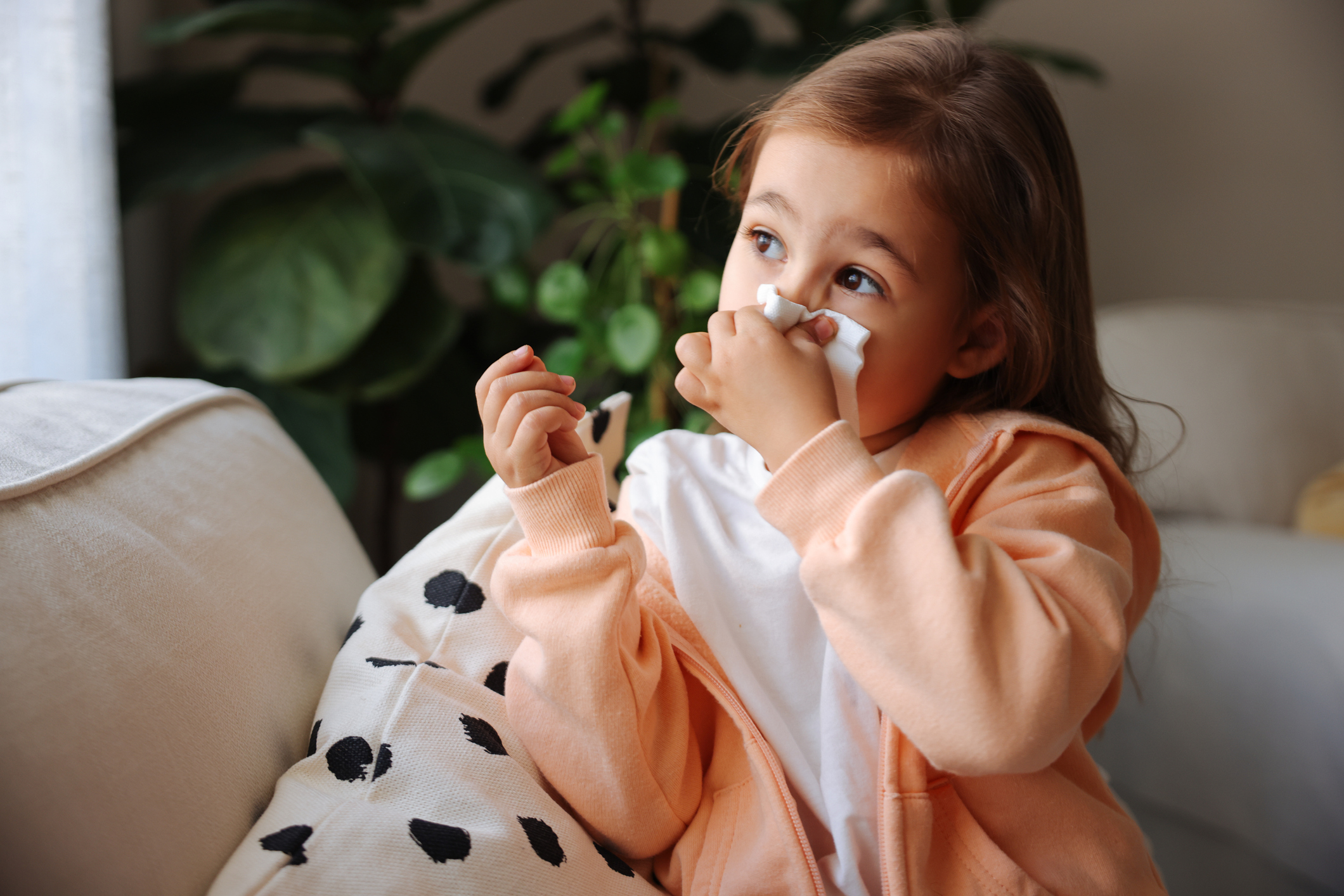
This content was originally produced for audio. Certain elements such as tone, sound effects, and music, may not fully capture the intended experience in textual representation. Therefore, the following transcription has been modified for clarity. We recognize not everyone can access the audio podcast. However, for those who can, we encourage subscribing and listening to the original content for a more engaging and immersive experience.
All thoughts and opinions expressed by hosts and guests are their own and do not necessarily reflect the views held by the institutions with which they are affiliated.
It's kind of gross to talk about, but you can learn a lot from your snot. I'm Dr. Cindy Gellner and I'll give you the skinny on snot today on The Scope.
It's cold and flu season again and kids are virtual germ factories. So this means a lot of snotty noses are in your house, probably. But what do the different shades of mucus coming out of your child's nose really mean?
White Mucus: The Start of a Cold or Something More?
If your child is producing more than usual, they may have allergies or a mild cold. Stringy mucus is allergy mucus. Liquid-y mucus is viral mucus. If your child has whitish mucus, it also could be the start of a cold. If your child has white mucus for more than two weeks, is a teenager, or develops sinus pain, fever, or other symptoms, they could be getting an infection.
Yellow Mucus: Fighting Off an Infection
When your child has yellow snot, it's because the white blood cells are fighting off the infections. The good news is their body is doing what it should. The bad news: your child's probably getting sick and it may clear on its own, but if not, your child needs to visit the doctor.
Green Mucus: An Overtime Immune System
When your child's snot is green, it means the white blood cells are working overtime to fight off their infection. Your child may need antibiotics to help fight off the infection if your child has green mucus and that mucus persists for more than 10 days.
Pink or Red Mucus: A Sign of Nasal Irritation
If your child has pink or red mucus, that means they've got blood in their mucus and it's often due to irritated nasal passages. It's common in dry climates and high elevations, like Salt Lake City, and for asthmatics and people with nasal allergies to have blood in their mucus because mucus irritates everything it touches. And when children have dry noses, the tiny capillaries in their noses pop open easily.
Brown Mucus: Pollution and Poor Air Quality
If your child has brown mucus, you can thank air pollution. If the air quality is poor, your child may have flecks of debris in their nose and in their snot. This is a good thing, though. It means the mucus is doing its job of getting the pollutants out of your child's nose. If the air quality is poor, limit your child's time outdoors. Also, make sure they're not around anybody using tobacco.
Black Mucus: A Serious Health Warning
If your child has black snot, that's a warning. Your child may have a serious fungal infection or other health issue and you need to take your child to the doctor right away.
When to See a Doctor About Your Child’s Mucus
While mucus may be a bit of an annoyance, it plays an important role in your child's body. It lines their organs with a protective layer, keeping dust and dirt out, and it helps fight off infections.
While you don't need to worry about colorless, white, or even yellow snot if your child's only been sick for a few days, if your child has green, red, or any other color snot and it's been going on for more than two weeks, please have them seen by their pediatrician.
updated: December 5, 2024
originally published: January 4, 2016
More Answers to Your Questions on Keeping Your Kid Healthy
Latest trends and issues in children's health on the Healthy Kids Zone with Dr. Cindy Gellner

Winning the Bedtime Battle: How to Help Kids Sleep Better
Bedtime battles are common, but a consistent sleep routine can make a world of difference. Pediatrician Cindy Gellner, MD, talks about why sleep schedules matter, how to handle common bedtime struggles, and when to seek medical advice for your child's sleep issues.
How to Handle Screen Related Temper Issues in Children
Is your child's screen time causing more tantrums? Pediatrician Cindy Gellner, MD, reveals how excessive digital exposure can lead to emotional challenges in kids.





